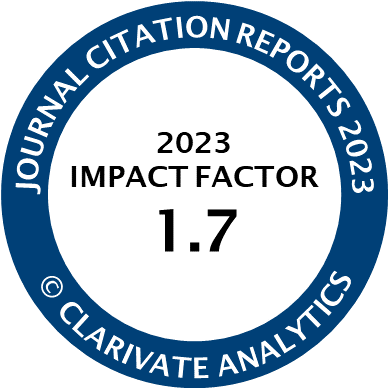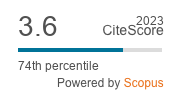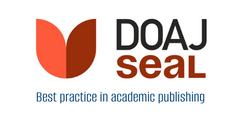Article | Open Access
The People and the Fire Tree: Co-Designing a Bushfire Early Warning System to Meet the Sustainable Development Goals
| Views: | 748 | | | Downloads: | 601 |
Abstract: Australian rural communities face significant climate challenges including catastrophic bushfires. In line with the UN sustainable development goals (SDGs), to build resilience in the face of bushfire threats, communities need to increase adaptive capacity while maintaining the community’s integrity. To build community resilience, they should harness the hybridity between digital technology and non-technological practices. Building community resilience is gaining attention in rural human–computer interaction to ensure those who are vulnerable to disasters strengthen their ability to address adversity even in the absence of formal government assistance. How they apply digital technology into practice to ensure it meets their needs is crucial. We outline a case study of a rural Australian bushfire-impacted community. A series of co-design workshops was conducted to understand local bushfire preparation activities and the role of digital technologies in these activities. Three creative participatory design activities supported the co-design of an early-warning bushfire system. The workshop participants co-designed and merged two solutions: first The Fire Tree, a conceptual map of a preventative information system fed and validated by the community itself; second, The People System identifies and harnesses government resources to feed and generate a rich, dynamic, and constantly updated information environment. The final solution based on the two concepts is Bushwire, a communication facilitator designed and used by participants in workshops four and five. Bushwire is a co-designed web-based collective platform that leverages citizen-science behaviours, enabling them to share local knowledge and prepare for bushfire threats. The system became a communication facilitator, a space to share detailed local information and connect; fed by locally produced elements including digital technologies, weather/road conditions, and on-the-ground instructions. This case study explores how Bushwire responds to a range of UN SDGs by seeking to build sustainable communities (SDG11), to address climate action (SDG13) for this rural Australian bush-fire-prone community, and harmonises life on land (SDG15) through multi-stakeholder partnerships (SDG17). We envisage that urban planners may derive value from listening and responding to messages from nature, and from citizen-scientists embedded in rural communities as depicted in this case study.
Keywords: bushfires; climate action; co-design; human–computer interaction; life on land; resilience; sustainable cities; sustainable communities; sustainable development goals
Published:
© Axel Munoz-Rivas. This is an open access article distributed under the terms of the Creative Commons Attribution 4.0 license (http://creativecommons.org/licenses/by/4.0), which permits any use, distribution, and reproduction of the work without further permission provided the original author(s) and source are credited.




